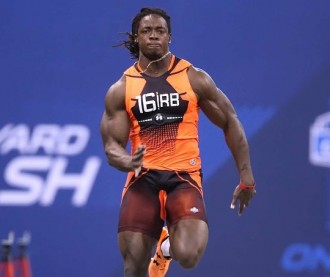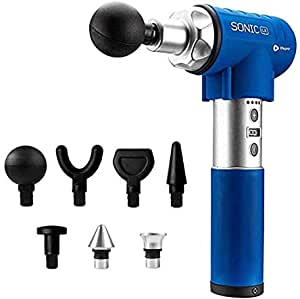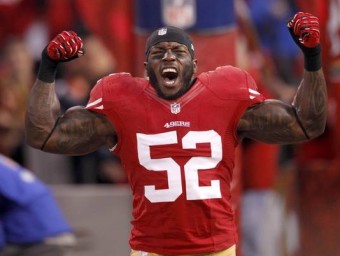I’m sure at some point your coaches have said you need to rest with your hands on your head rather than your hands on your knees.
I’m sure you have also realized by now that some coaches are complete idiots.
At the time you might not realize it, especially if you are a younger athlete. But when you get older or look back after your athletic career is finished you tend to realize some of your coaches had absolutely no idea what they were talking about.
Many of them are just there to help out or maybe get some extra money and they may not have even played the sport they are coaching or even have been an athlete at all. . This can lead to some bad advice, like how you should rest and where you should put your hands for faster recovery.
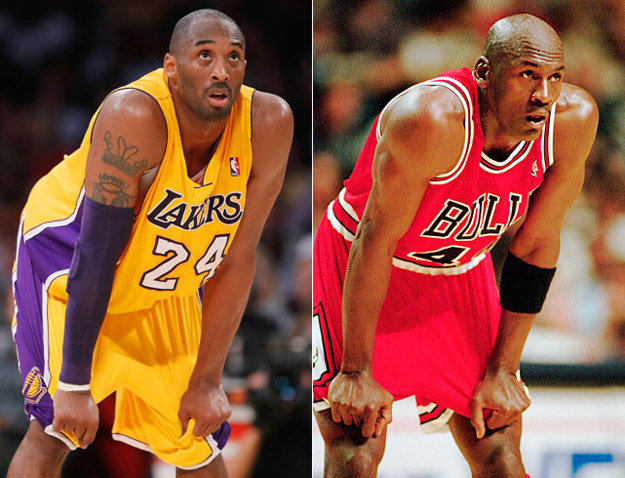
“Rest With Your Hands On Your Head”
The logic is if you stand up straight and put your hands on your head it will help you to “open up your lungs” so you get more air.
That all sounds fine and good but had any of those coached ever actually been athletes before? I participated in football and wrestling and did more than my fair share of suicides and other ball busting conditioning and it was quite clear to me that when trying to recover and catch your breath the hands on your knees position was superior and allowed for the easiest breathing.
Year after year though, there was always some coach telling us we would get more air with our hands on our head. While it does make sense, in practice it never worked and my body was always telling me to rest with hands on knees. My body wouldn’t be telling me to use a position that brings in air less efficiently, would it? Of course not.
Hands on Knees vs Hands on Head: The Study
Finally, after centuries of athletes and coaches arguing over the best way to recover we finally have a definitive answer.
This study performed by Michaelson et. al, 2019 at the Exercise Physiology Laboratory at Western, Washington University consisted of 24 female Division II soccer players between the ages of 18–22 yr old.
After 1 day of prescreening, the subjects were randomly designated a recovery posture to perform (hands-on head or hands-on knees), with the alternate posture for the subsequent testing day. The subjects would then perform 2 HIIT sessions with a week between each. Each session consisted of 4 min of running and 3 min of recovery performed four times (4 × 4 min).
The subjects would run the 4 minutes at 90-95% of their max heart rate, then during a 3-minute cooldown, each subject was fixed with a nose clip and a two-way breathing mouthpiece valve interfaced with the metabolic cart. V˙CO2, V˙E, and fb were measured every minute over the recovery period. One group would use the hands on head position, the other would use the hands on knees position.
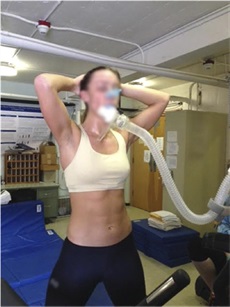
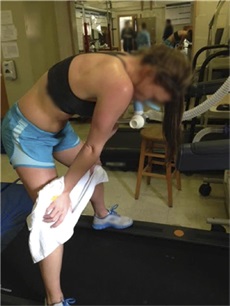
The Results
The results showed the hands on knees position was significantly faster at decreasing the heart rate between intervals. A difference of 22 beats per minute was noted with the hands on knees being far superior to hands on head..
On top of that, the hands on knees group also experienced a greater tidal volume which means more air was taken into the lungs with each breath.
This study proves what most athletes already knew but most coaches failed to grasp. How it took this long to be proven is a mystery.
I have no clue where this study is from…
I have no clue why we’re getting this information from MC Hammer…
But mannnn, if this isn’t a win for every athlete in history…
We all knew that hands on head thing was bogus!!!
— JJ Watt (@JJWatt) May 26, 2020
Hands on Knees – The Look of Defeat?
One thing I will say about the hands on knees is that it does make you appear to be more tired/out of shape than someone with their hands on their head.
This could be a psychological factor in a sport like wrestling. Once you see your opponent resting with their hands on their knees you know they are gassed.
Of course, if you really are gassed and you do the hands on head method your recovery will be even slower so you have to ask yourself if it is more important not to look gassed or not to actually be gassed.
That’s a matter of opinion and it probably depends on the exact situation and break time involved. If it is just a short break in the match it might not be worth it to put your hands on your knees and let your opponent know you’re are tired. However, if it is a longer break it might be wise to use the hands on knees for better recovery even if it does make you look tired.
Conclusion
There you have it, if you are a hands on knees for recovery person you have science on your side. If your coach tries to tell you to put your hands on your head to get more air you can tell him to pound salt. Ok, maybe I wouldn’t say that but tell him to look it up and that research shows the hands on knees is superior for recovery in terms of lowered heart beats per minute and is also better for total volume of air moving through the lungs.

Ryan is a former college wrestler and lifelong fitness fanatic with over 25 years in the industry. He’s run half marathons, tackled mud runs, placed in body transformation contests, and coached everything from wrestling to girls’ soccer.
Along the way, he’s tested hundreds of supplements and built a deep well of supplement knowledge. His work has appeared in Muscle & Strength, Testosterone Junkie, The Sport Review, and more. Today, he’s the editor-in-chief of this site, still training hard and helping others reach their goals. Connect with him on LinkedIn below.


